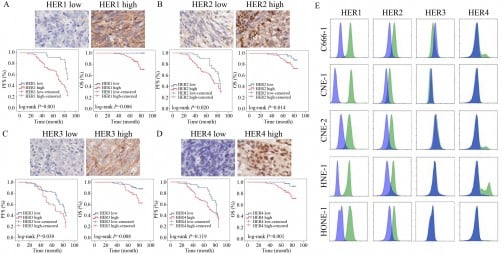New Therapies Target Cellular Aging to Combat Metabolic Diseases

A review published in the Journal of Internal Medicine highlights promising therapies aimed at treating metabolic diseases by addressing cellular aging. Researchers are increasingly recognizing cellular senescence—when cells cease to divide and function—as a key factor contributing to metabolic disorders such as obesity, type 2 diabetes, and metabolic syndrome.
The review outlines how senescent cells accumulate in metabolic tissues, where they release factors that disrupt normal tissue function. This disruption often leads to increased inflammation and fibrosis, which are detrimental to overall health. With this understanding, researchers have been developing innovative therapeutic strategies collectively referred to as senotherapeutics.
Understanding Senotherapeutics
Senotherapeutics include different approaches: senolytics, which target and eliminate senescent cells; senomorphics, which suppress harmful factors secreted by these cells; and senosensitizers, which increase the vulnerability of senescent cells to clearance. Each of these strategies aims to alleviate the detrimental effects of cellular aging on metabolic health.
Dr. Allyson Palmer, the corresponding author of the review and a physician at the Mayo Clinic, stated, “By targeting senescent cells, senotherapeutics mitigate one of the root drivers of age- and obesity-related metabolic disease, opening a powerful new frontier in modern medicine.” This perspective underscores the potential of these therapies not only to treat existing conditions but also to prevent the onset of metabolic diseases.
Clinical studies are beginning to explore the efficacy of these treatments, examining how effectively they can reverse or halt the progression of metabolic disorders. The hope is that by removing or modifying senescent cells, patients may experience significant improvements in their metabolic health.
Implications for Future Treatments
With the global prevalence of metabolic diseases continuing to rise, the development of senotherapeutics could represent a significant advancement in medical treatment. The findings suggest that these therapies could transform the way we approach the management and prevention of conditions like obesity and type 2 diabetes.
As research continues, it is anticipated that further insights into the role of cellular senescence will emerge, potentially leading to more refined treatment options. The review, titled “Senotherapeutics for Metabolic Disease and Diabetic Complications,” emphasizes the importance of ongoing research in this area.
The potential impact of these therapies could extend beyond individual patients, influencing public health strategies aimed at reducing the burden of metabolic diseases on healthcare systems worldwide. As the field evolves, healthcare providers and patients alike will be watching closely to see how these innovative treatments develop and are integrated into clinical practice.
For more information, refer to the publication in the Journal of Internal Medicine (2025). DOI: 10.1111/joim.70039.






